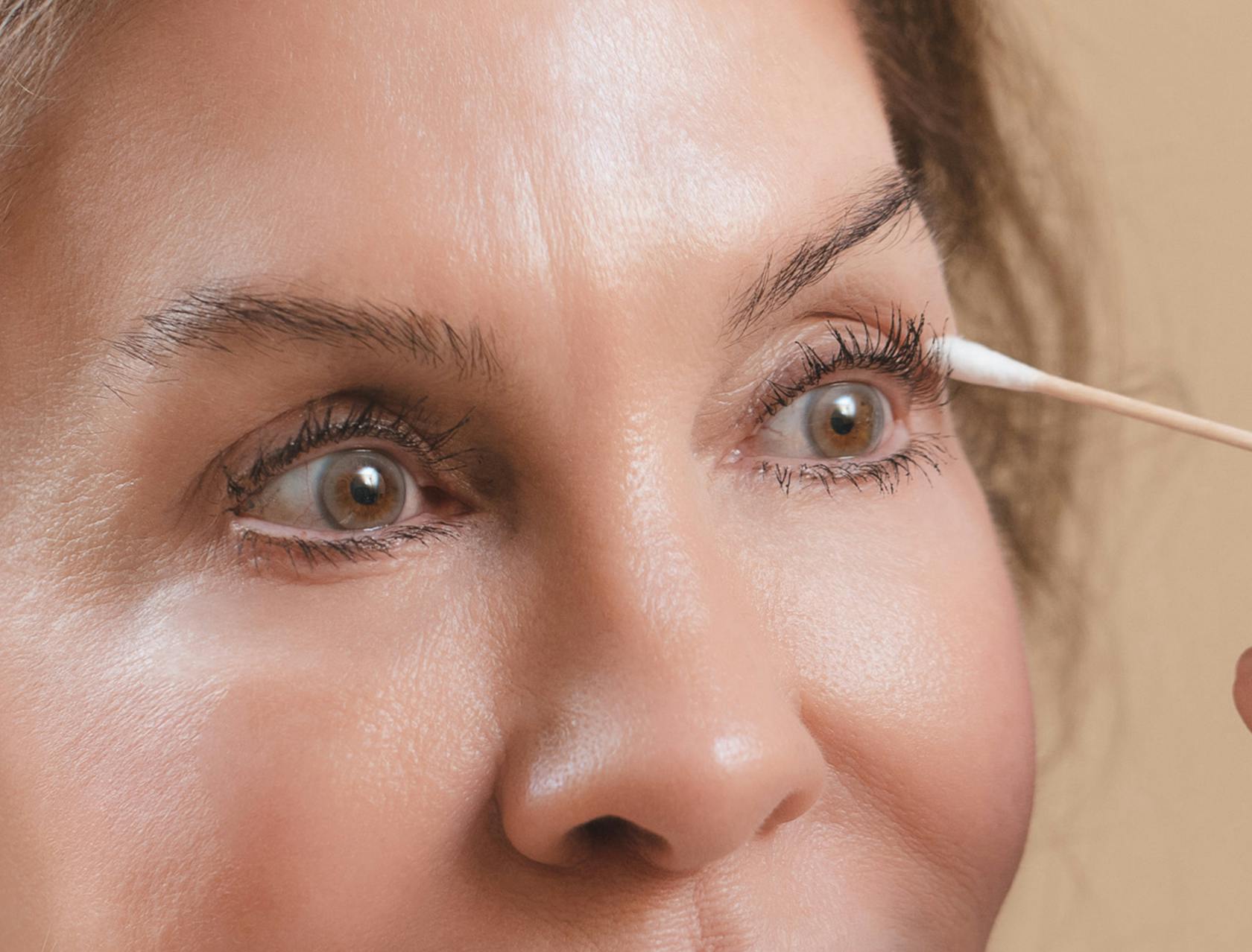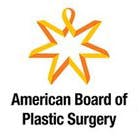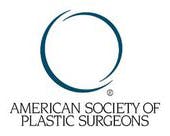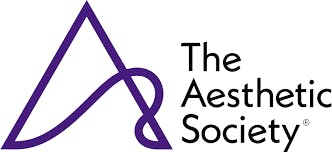What is Recovery Like?
Upper Blepharoplasty
Recovery from upper blepharoplasty typically involves minimal discomfort and downtime. After the procedure, patients may experience mild swelling and bruising around the upper eyelids, which usually subsides within the first week. Strenuous activities should be avoided during the initial phase of recovery, and patients can generally return to work and normal daily activities within a week to ten days. The incision sites are carefully monitored to ensure proper healing, and any sutures are typically removed within the first-week post-surgery.
Lower Blepharoplasty
Recovery from lower blepharoplasty involves similar post-operative care as upper blepharoplasty. Patients may experience mild swelling and bruising around the lower eyelids, which typically resolves within the first week. It is important to avoid strenuous activities during the initial recovery phase. Most patients can expect to return to work and resume normal activities within a week to ten days. Close monitoring of the incision sites and removal of any sutures within the first week contribute to a smooth and successful recovery process.
Aftercare
Dr. Stephens will provide you with post-surgical instructions, which include the following:
- Due to the sedation used during surgery, you will need to avoid driving for 24 hours after surgery
- Limit activities as necessary to control pain and swelling
- Avoid strenuous activity, getting overheated, and sunbathing for two weeks
- It’s common for the eyes to be sensitive to light and slightly irritated during the healing process, which can usually be controlled with cold compresses or prescribed eye drops
- Do not wear any eye makeup until your stitches are removed
- Start with a liquid diet when you get home
- You may switch to a soft diet when you feel you can tolerate food
- Keep cool compresses on your eyes for the first 24-48 hours to reduce swelling and bruising, which are expected
- You may notice some oozing of blood from the incision; this is normal
- You may shower the first day after surgery and use a wet Q-tip to clean your incisions; do not apply ointment
- Keeping the incision line clean helps with scar healing
- Excessive or uneven swelling (more on one side than the other) should be reported to the office, as should pain on one side that cannot be relieved by the medication
- Take the prescribed pain medication as needed
- Do not take pain medication on an empty stomach
- Avoid alcohol while on pain medication
- You can use Tylenol for the pain if you prefer.
- Sleep on your back with your head elevated as much as possible, as sleeping on your side increases swelling
- Wearing sunglasses for at least two weeks after your surgery is very important to protect your eyes from direct sunlight




















